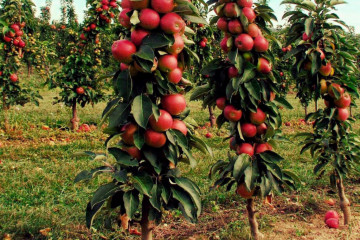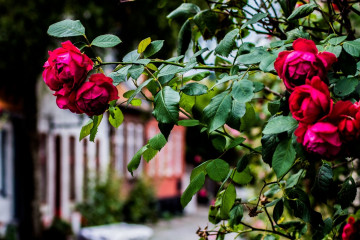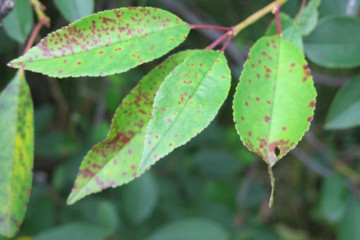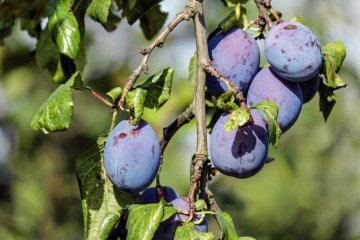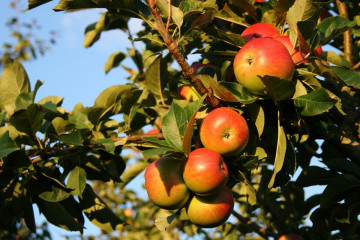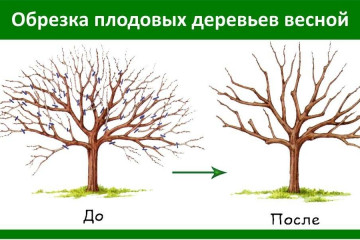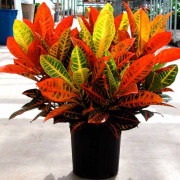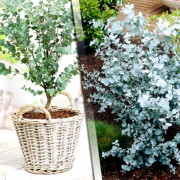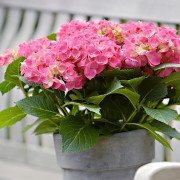Pruning plums in summer and how to do it right
Content:
Pruning plums in summer is a serious procedure that involves shaping the crown and removing excess branches. Before cutting the plum, it is necessary to study the technology and follow generally accepted instructions. If this procedure is performed incorrectly, then you can lose part of the harvest or even destroy the tree.
Why you need to cut the plum
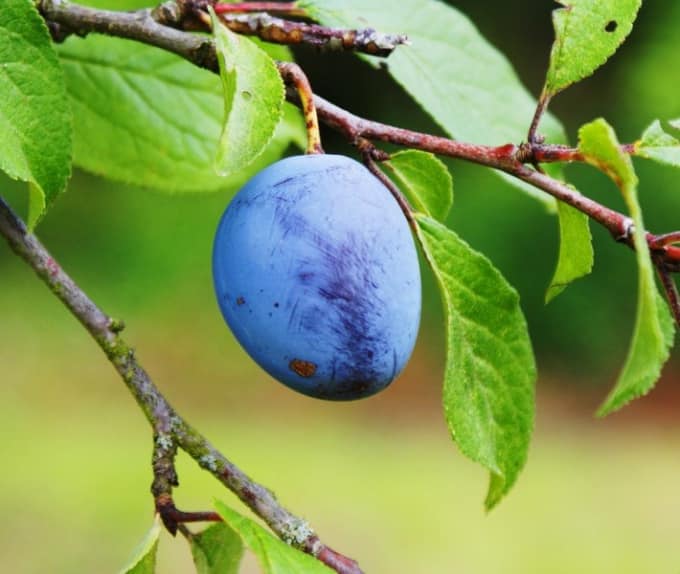
Pruning plums is a must to keep the tree healthy
Plum pruning is primarily aimed at increasing its yield. Untimely removal of branches and thickening of the crown have a very detrimental effect on the general condition of the tree. In the shade, the fruits are poorly formed and very often get sick.
The first pruning of a young plum is usually done at the time of planting. It is important to understand that the formation should be annual. It is this procedure that will allow you to get a good harvest every year. Even a very old tree can be rejuvenated by pruning. But in this case, it is necessary to prune dry or damaged branches, young shoots should not be touched. If everything is done correctly, the life of the tree will increase for many years.
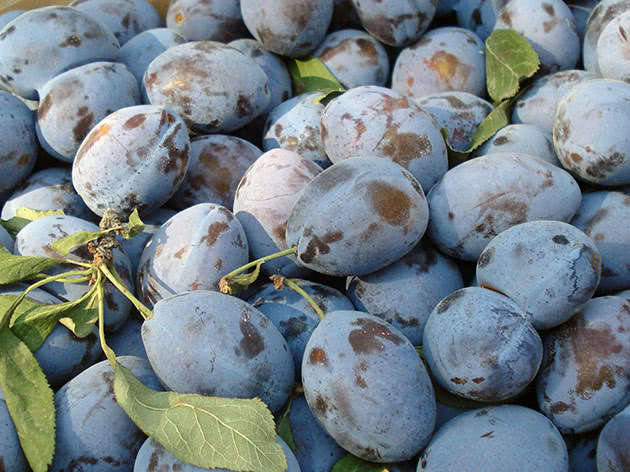
A healthy tree can produce an excellent harvest
When to prune in spring, summer and autumn: in what month, timing
Plum pruning can be done at different times of the year. Each period has certain consequences. Spring has a lot of pluses and only one minus. Positive factors include:
- Possibility of quick healing of wounds received from the trimming procedure.
- There is a large increase in the species.
- All branches are strengthened during the summer months and by the next season the tree blooms and bears fruit as much as possible.
- The fruits grow and become better quality.
The negative aspects include the danger of not having time to form the crown before the beginning of the growing season. In fact, the optimal time is April. The recommended temperature is +10 degrees.
Before you cut the plum in the summer, you need to clearly understand that in July and June it is strictly forbidden to carry out this manipulation in order to rejuvenate or form a crown. Moreover, the procedure has a lot of advantages:
- Abundant foliage makes it easy to determine the thickening of the crown.
- Timely removal of diseased or damaged branches helps to save the rest of the trees in the garden.
According to experienced gardeners, autumn is considered the best time to prune trees. Due to the autumn formation, the crown branches are able to withstand the pressure of the snow and not break from its weight.
Pruning in time allows all the nutrients to be redirected into the trunk and, thus, allow the tree to more easily transfer the cold. The main thing is to be in time before the temperature drops, the end of September-beginning of October is optimal.

The time of the procedure depends on the desired result.
Basic rules for pruning and region dependence
Before forming a plum, you need to familiarize yourself with the tree trimming schemes, which depend on the varietal affiliation.For example, in a weakly branching plum, only the crown should be formed and the branches should be shortened slightly. For highly branching varieties, it is important to follow the detailed step-by-step instructions, a description of which can be found in the specialized literature.
In fact, it is necessary to carry out regular thinning. If you do not follow this rule, you can learn a bad lesson. Due to the increased thickening, after a few years the fruits will form only in the foreground.
According to the rules, all sections are performed only over the kidney, which is directed exclusively outward. The optimal distance is 0.5 cm. When forming the crown, it is necessary to leave no more than five maximally viable skeletal branches. It is very important to create a sparse crown for maximum ventilation.
The pruning procedure injures the tree and takes away its vitality. That is why it should be held at a certain time for each region of Russia. Autumn shaping is suitable only for the southern regions of the country. In the Moscow region and in the regions of the Middle Belt, all procedures are recommended to be carried out before the beginning of the vegetative period. This will help the tree to fully recover before fruiting.
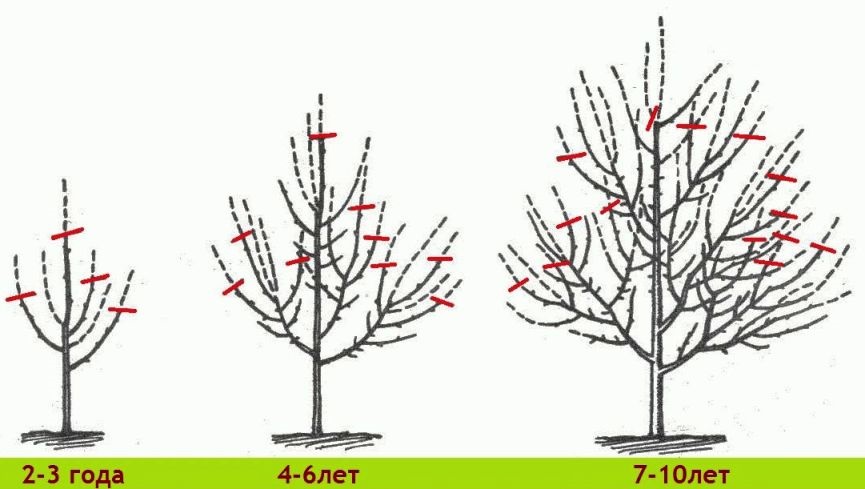
Basic rules for pruning plums
Methods and types
The choice of pruning method depends on where the plum grows and on the desired result.
Sanitary haircut
For sanitary purposes, pruning can be done at any time of the year. In the summer, for this, all damaged branches are removed and thinning is carried out.
In the spring, it is necessary to cut out broken or dry branches, as well as shoots growing inward. It is also very important to remove excess growths in a timely manner. Thanks to these simple manipulations, branches that will bear fruit will grow by next year at the cut sites.
Thinning pruning
For normal air circulation in the crown of a tree, it is important to timely thin out. To do this, you can simply cut off unnecessary branches. The main thing is to form a sparse-tiered crown.
Anti-aging pruning of old wood
The main indicator that it is time to carry out anti-aging procedures for the tree is a growth arrest. The bottom line is to cut the old branches.
In order to prevent severe damage to the tree, it is recommended to prune the branch from both sides at once. All shoots should be removed, except for the 2 strongest ones.
Anti-aging pruning is only suitable for trees under 15 years of age or 2.5 meters in height. Despite the "venerable age" of the plum, a properly performed rejuvenation procedure will allow the tree to bear fruit for several more years.
Forming from the age of 3
In the third year of life, the plum begins to actively grow and branch. It is at this time that all growths that grow laterally to about 12-15 cm, and the apical shoots up to 20-30 cm, need to be shortened.
Required tools and materials
Regardless of what kind of trimming will be done, it is most important to use the right tool. It is not recommended to use a construction saw for these purposes. The wounds left after this method of exposure can be fatal to the entire tree.
A special tool is considered the best. This can be a pruner, a sharp knife, or a garden saw. All inventory should be pre-sharpened and processed.
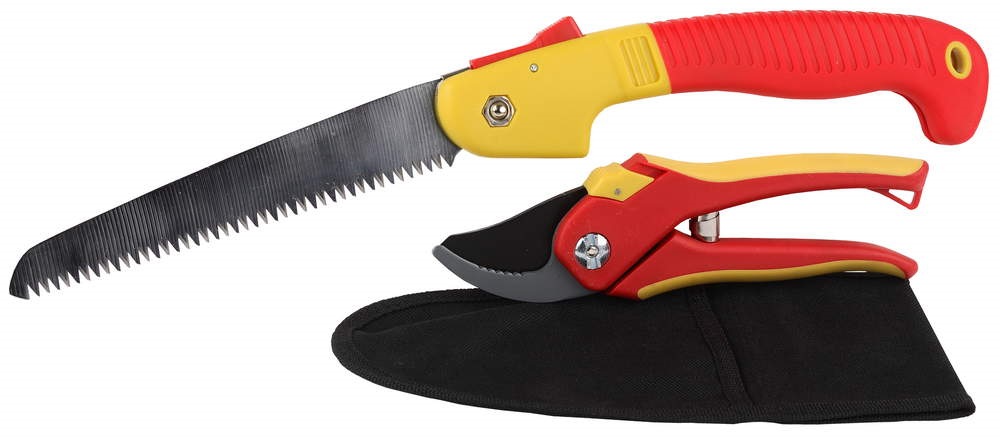
Special garden tools that allow you to carry out the procedure correctly
There are three types of cuts that are commonly used when pruning plums:
- When using the "ring" method, you need to cut out a whole branch or shoot. The cut should be at the very edge of the outwardly exposed cadmium bead.
- The method called "kidney" is used exclusively for shortening the shoot and directing growth. For these purposes, you should choose a living kidney and just after it, remove the rest of the pruning shears. The cut is performed exclusively at a 45 degree angle.
- To change the direction of growth of a branch, it is recommended to use "transfer to lateral shoot" In this case, you need to choose the strongest side shoot and cut just above the ring.
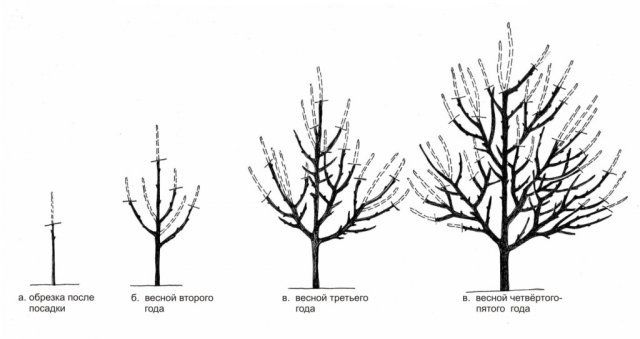
Schematic lesson on pruning plums
As for the columnar plums, pruning will consist exclusively in shortening the side shoots. The central trunk is shortened only in the case of slow growth. If the end of the main branch is cut off unnecessarily, the plum will begin to branch out.
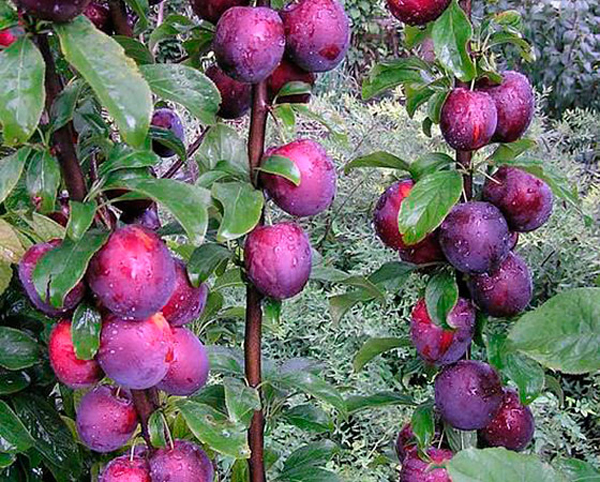
Fruiting of a columnar plum directly depends on the correct formation of the trunk.
How to properly heal wounds after pruning
All cut points must be treated with one of the following products, which should be prepared immediately before the procedure itself:
- garden pitch;
- oil paint;
- ground sorrel.
This manipulation prevents infection and decay.
Experienced gardening tips
Experienced gardeners recommend avoiding common pruning mistakes:
- The drain must be constantly monitored. Pruning at a time will not produce a truly healthy tree.
- You can not leave hemp after pruning the branches, since it is in them that pests settle and fungal spores multiply.
- It is unacceptable to prune the tops of trees during the period of active growth. It is recommended to cut the central branch. This will move the growing point to the lateral stem.
- Too much shortening of the growth can lead to an irregular tree shape.
- You should not cover branches with garden pitch, the diameter of which exceeds 3-4 cm. They should dry out within 5-7 days and only then are treated with a medicinal composition.
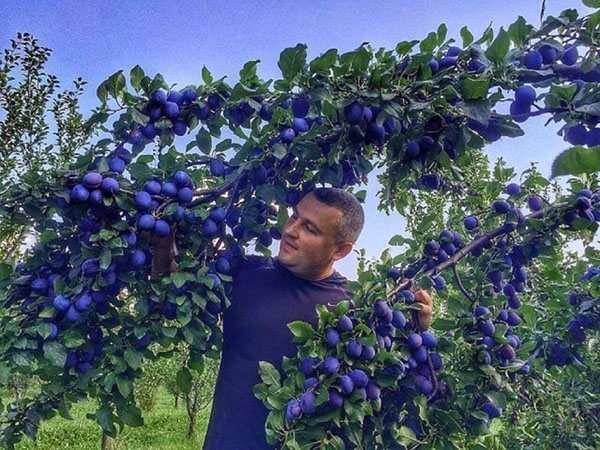
Fulfillment of elementary rules will allow you to get an excellent harvest
Further care of the plant
To improve the condition of the plum, it is recommended to use the following dressings to speed up the regeneration:
- Wood ash helps nourish the roots. It allows you to reduce the acidity of the soil. For a full-fledged feeding, it is necessary to apply at least 250 grams under one tree.
- Fertilizers with a high potassium content allow you to remove excess liquid from the wood. Thanks to this, the plum tolerates wintering more easily. For a one-time feeding, only 100 grams of potassium, diluted in 10 liters of water, is enough.
- Phosphorus helps to strengthen the root system. For these purposes, it must be scattered around the trunk. For processing one tree, 2 tablespoons of the dry preparation are enough.

Care and timely processing will preserve the health of the tree
Pruning plums in the summer is a fairly easy procedure that requires adherence to the rules and regulations. But it is important to clearly understand that not only a properly performed pruning contributes to a good harvest, but also constant care throughout the calendar year.
